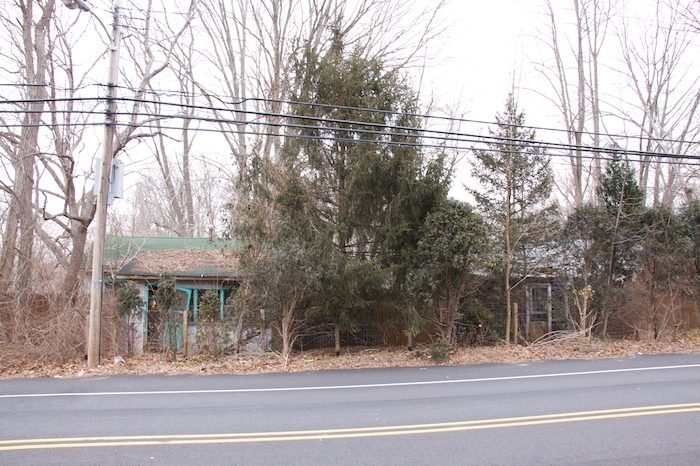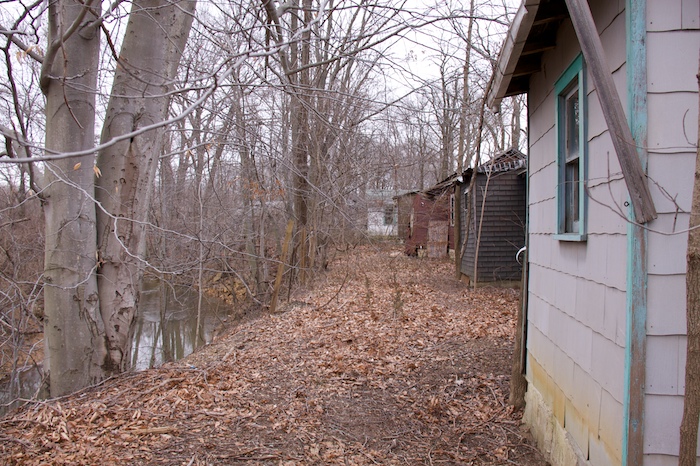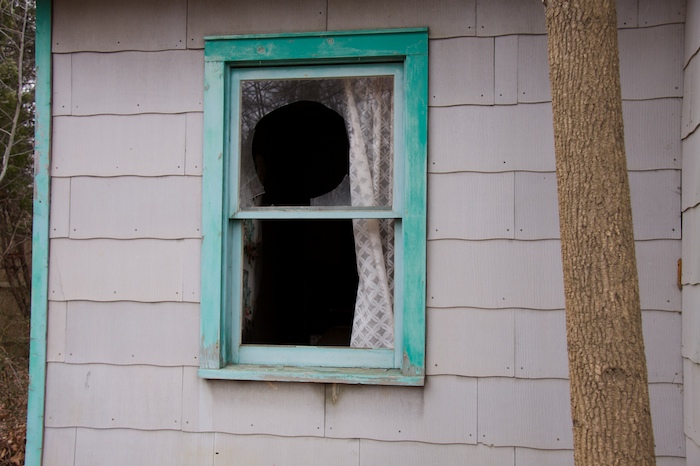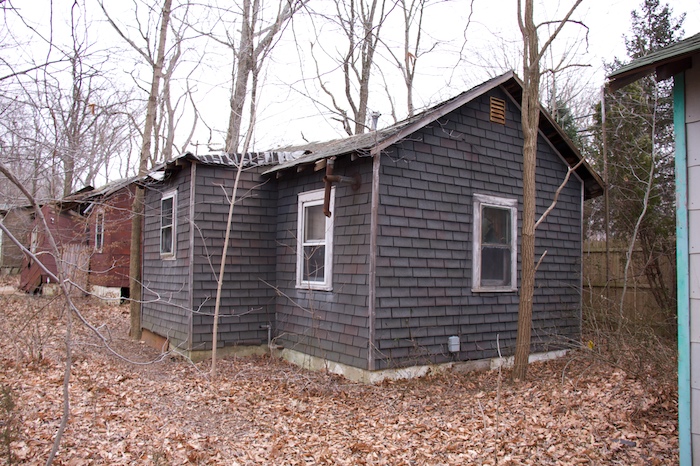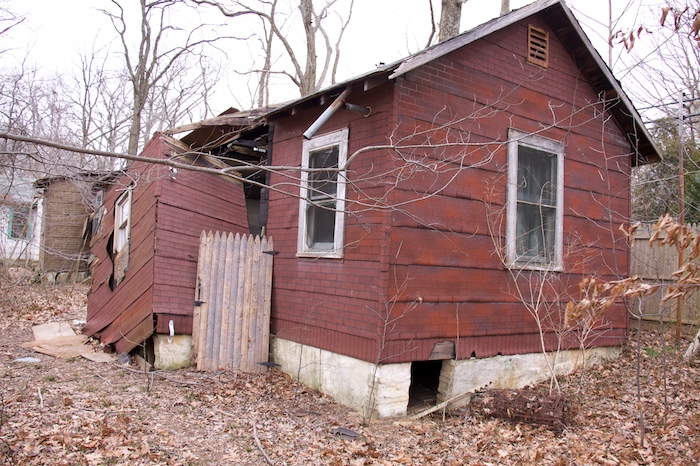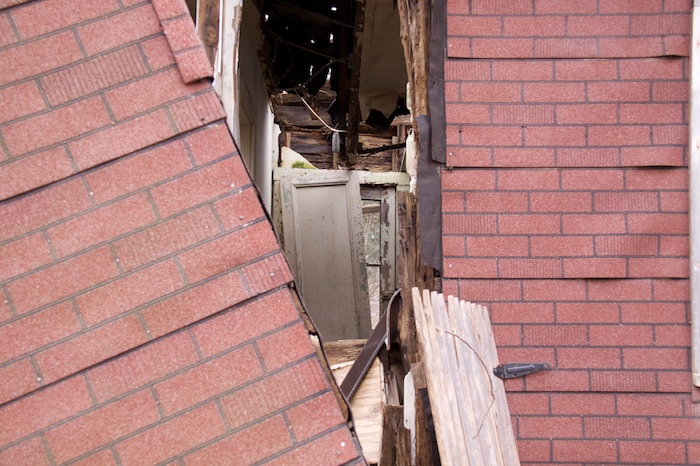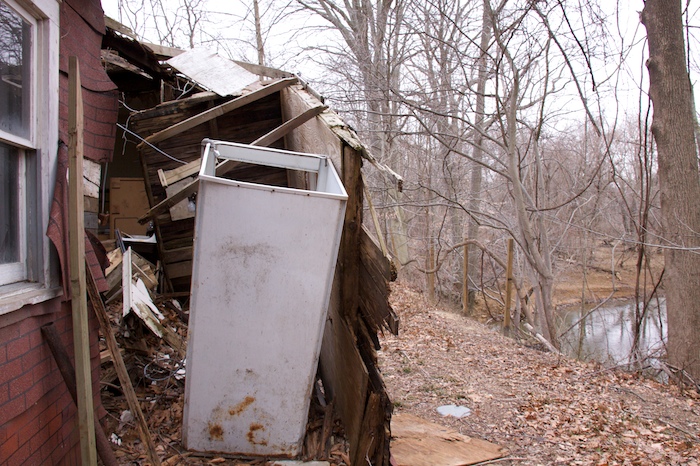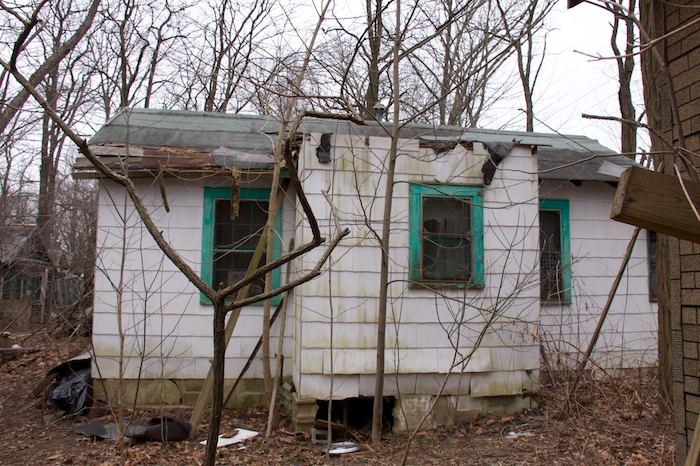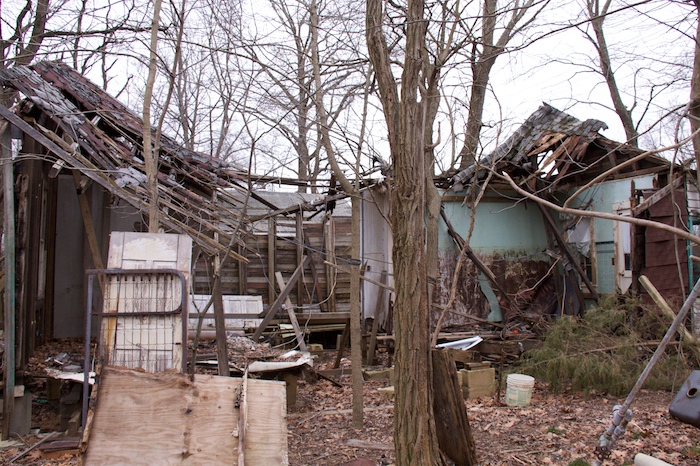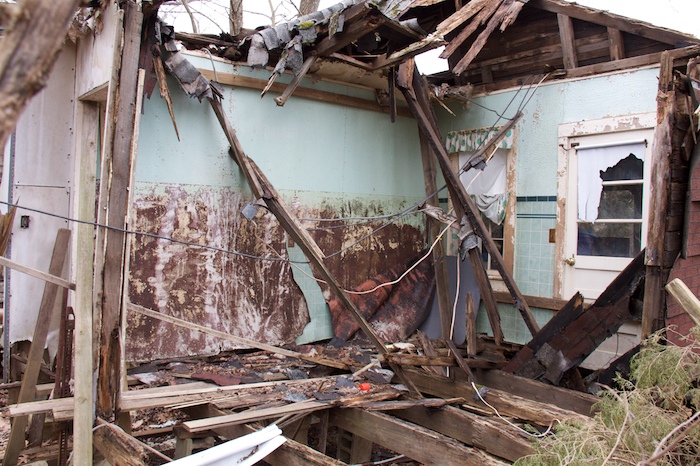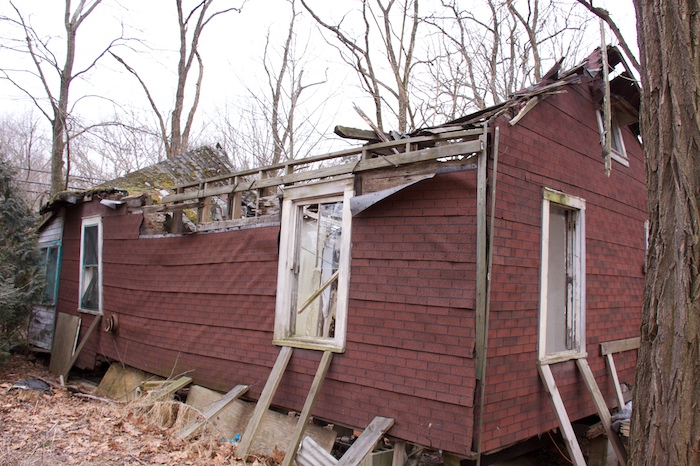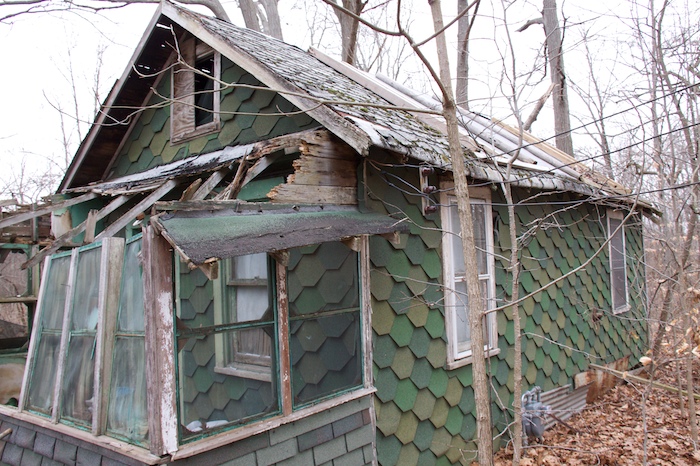Social media has turned us all into storytellers. We create them one Tweet, one status update, one Flickr upload at a time, sometimes not even realizing the stories we are crafting.
I love this new form of storytelling, but I am concerned that these stories are too fragmented, too dispersed, and too fragile.
For example, last year I shared a story of how I unearthed a town’s history by posting photos to Facebook, and then aggregating the comments people shared. You can read it here. This is one example, the photo I took of a faceless abandoned house that I’ve driven past for most of my life:
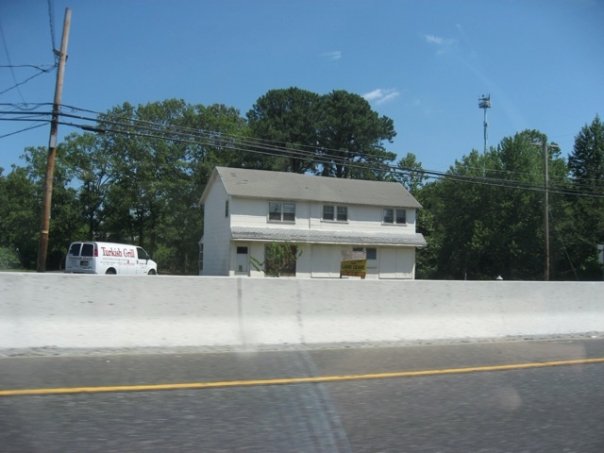
And these were some comments people shared on Facebook:
“Rosie dean owned it before all of you were born it was her house and ice cream place.”
Another person added:
“My dad owned a gas station on the other side of the street in the 60s and this house used to be a hamburger place. Do you remember the 19 cent hamburger sign, it was up until the late 70′s, early 80′s, I think. I remember my dad telling me that the owner’s wife lived there until she died and shortly after her death, the sign came down.”
My concern is this: what happens in 3 years or 8 years when Facebook makes a business decision that changes these photos or their comments. What happens when someone who commented deletes their account, or passes away. What happens if I move on from Facebook, and let these photos and comments languish?
The amazing ways that social media allowed us to share, to create stories, is also the same thing that endangers them. It’s very easy to create, but too easy to forget.
On the one hand amazed and in awe at what is being created on YouTube, Flickr, Facebook and Twitter. Not just the repository of content, but the social interaction. It’s truly incredible, and it is creating stories in a new way.
So my question is: how do we preserve these stories, these interactions, this content. It is a unique thing, and it is ephemeral the way it is currently structured.
My friend Carrie shared the most incredible link with me the other day. It was to a short online documentary, at the crossroads of everything I am talking about here.
It is a documentary of a town in Canada. The Wikipedia entry recaps it best:
“The town of Pine Point was built by [a] mining company, and when the mine closed the town was demolished and abandoned.”
This is the town in its heyday:
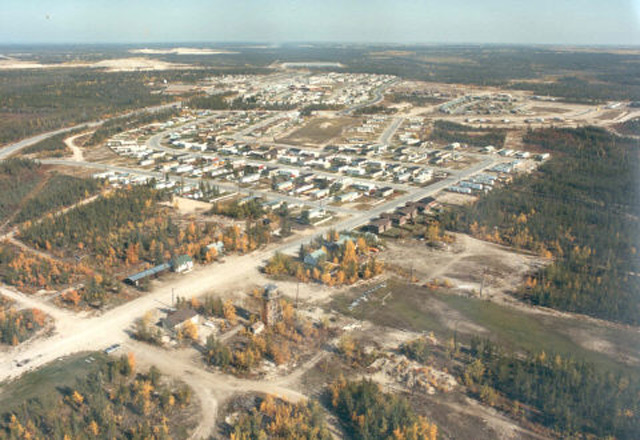
Photo courtesy of Laura Kenig and Richard Cloutier
This film is at the crossroads of history, of sharing online, and of preserving it. This is the video:
The documentary tells the story of this town – through photos, interviews, videos. How it came to be, what it was like to live there, and how it came to its demise. Literally, the town was torn down, and left as a barren wasteland with no signs of its previous existence except for some crumbling pavement. Wiped from the planet.
This film came about when it was discovered that a former town resident, Richard Cloutier, had created a website where he was cataloging the world that was Pine Point. He was collecting and sharing photos, stories and other updates. It is called Pine Point Revisited.
If you go to the “About” page of the documentary website, it says:
“This was supposed to be a book.”
But in this case, a book is not a living breathing history that can still be in the process of being created. A book is a stagnant record. But the website is something that is still becoming.
This is ongoing, contributed to by many people sharing photos, stories, videos and curated by anyone who cares enough to spend the time. Here are some of those photos:
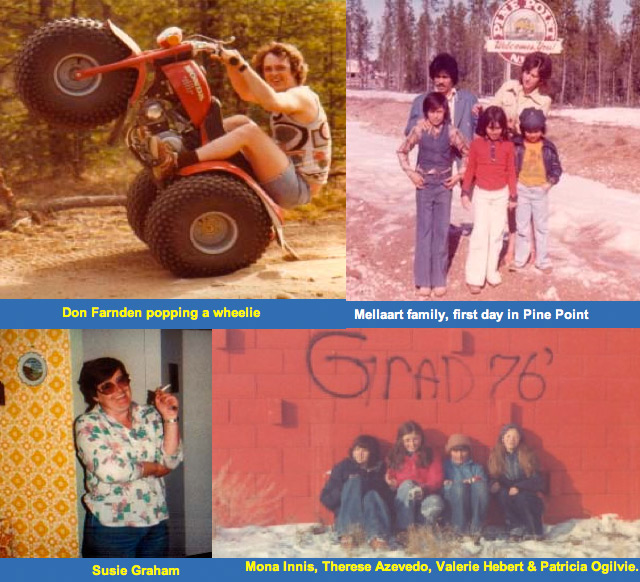
Photos courtesy of Al Gordy, Brian Green, Marisa Ma, Marius Mellaart and Richard Cloutier
We need more of this: capturing complete stories – those that tie together the many different parts being scattered across social media.
Stories unite us. They tell future generations about the times and places we lived through, and the many faces that lived there. They tell stories that might seem small and insignificant, but are profound to the people who lived through them.
I urge you to watch Welcome to Pine Point and to check out the Pine Point Revisited website. They are incredible examples of what the world tried to wipe away, but was resurrected by the efforts of a few caring individuals. This, like most great stories.
-Dan

